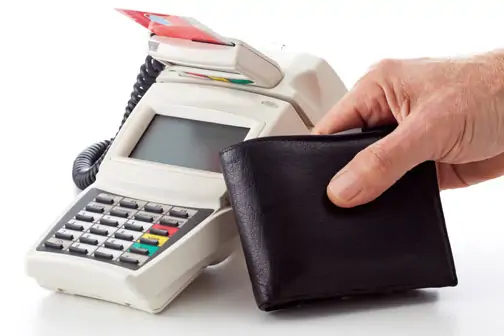

Out of the various offers available on a credit card,, one of the most interesting is the equated monthly installment (EMI) option for big ticket expenses you are unable to pay off immediately. The following are some key factors you need to consider before opting for an EMI conversion on your credit card debt.
WHAT IS AN EMI OPTION?
For beginners, the following are the various options for credit card payments:
|
Payment Option(s) |
Details |
|
Option I: Full payment by the due date |
No interest charges levied |
|
Option II: Partial payment/Minimum payment by due date |
Interest is charged daily on the remaining amount |
|
Option III: Paying in equated monthly installments (EMIs), if the option is available |
Like a loan, amount is paid off in parts (as EMIs) with interest (at a lower rate than the standard credit card APR) and other charges. |
Option III is typically not available all the times and as a first step, one should check if the credit card issuer provides this option or not. Note that while some credit cards may offer this EMI facility outright, others may not have this option at all. As a precautionary measure, banks may wait for a certain minimum review period before activating the EMI facility on the card.
Sometimes this EMI option is available for exclusive promotional activities such as purchase of specific products from select stores or through online shopping. Alternatively, even within a particular store or ecommerce website, only specific purchases or a certain transaction value are eligible for conversion into EMI.
Banks often trigger this EMI option automatically on a purchase above a pre-defined transaction limit value (big-ticket transactions). In such a case, you will find the EMI option appear on your unbilled statement that features this big-ticket purchase. Most likely, banks may not allow you to pay the entire outstanding amount through EMIs, but a couple of big-ticket transactions can be converted to EMIs.
|
Key Evaluation Point |
Details |
|
Tenure or time for repayment |
Longer the repayment period, lower the individual EMI payouts and higher the interest payouts over a longer time period. |
|
Hidden charges |
Banks may claim ‘Zero Cost Conversion’ of EMI’s, but there are often charges involved in the form of processing fees, service tax and others. |
|
Discounts on the actual product V/s EMI option |
In some cases, retailers may taking away the discounts offered on a particular product in lieu of the EMI option. So, evaluate your options carefully before opting for the EMI option. |
EMI INTEREST, TENURE AND OTHER CHARGES
Key points to be considered here are rate of interest charged per month (typically vary in the range of 1.0-1.99 % pm i.e. 12% to 24% APR), charges such as processing fees, service tax and cess on the interest amount of EMI and flexibility on the repayment tenure. The processing fee can be charged either as a flat fee or one-time fee that is equal to 1%-2% of the outstanding loan amount. Typical EMI tenures are 6/9/12/24/36 months.
Let’s try to understand the impact of availing EMI option on the credit limit. When you opt for the EMI option, banks will block the credit limit to the extent of purchase value and release it in a phased manner as and when one pays of the loans via EMIs.
This can impact your spending capacity during the EMI tenure period especially if you are under financial distress or likely to be more dependent on your credit cards for future expenses. The EMI conversion option can in fact help an individual avoid defaulting on the credit card dues, while enabling savings on the interest charged with respect to unpaid credit cards.
Ideally one should never exceed his or her credit limit or handle a large outstanding on its credit card but in case of financial distress or for big-ticket purchases, the EMI option should be used wisely and sparingly after considering points mentioned above and wherever its absolutely essential. So to sum up, following are the pros and cons of opting for a credit card EMI:
|
Credit Card EMI Option |
|
|
Pros |
Cons |
|
|